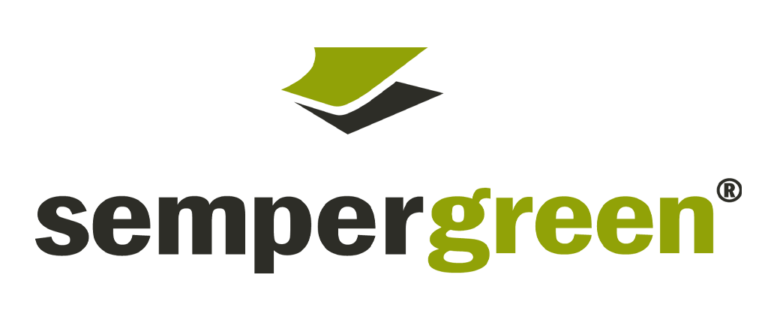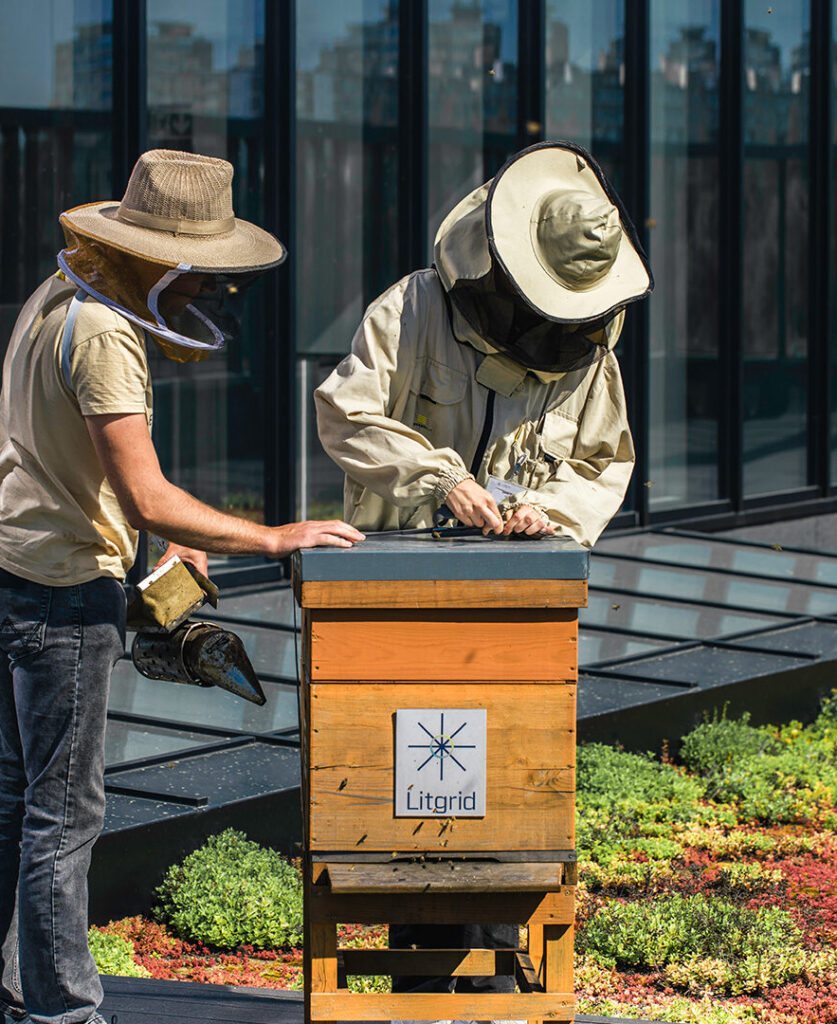Green Roofs are the Future of Sustainable Buildings
In the face of escalating urbanization and climate change, innovative solutions for sustainable living are more crucial than ever. One such solution gaining popularity is the green roof. Pollinator-friendly green roofs for sustainable urban development offer a multitude of benefits, from enhancing urban biodiversity to improving energy efficiency. Let’s delve into what green roofs are, how they are installed, their numerous benefits, and their role in boosting pollinator activity.
What are Green Roofs?
Green roofs, also known as living roofs or eco-roofs, are rooftops partially or completely covered with vegetation, planted over a waterproofing membrane. They often include additional layers such as root barriers, drainage systems, and irrigation. Green roofs can range from simple, shallow soil systems (extensive) to deep, complex landscapes (intensive), supporting a wide variety of plant species and even trees.
We are partnering with Sempergreen – a green roofing leader from the Netherlands. Their green roof systems are not only robust and simple to install but also provide numerous advantages, making them an ideal solution for both residential and commercial properties.


How are Green Roofs Installed?
- Structural Assessment: Ensuring the building can support the additional weight of a green roof.
- Waterproofing: Installing a high-quality waterproof membrane to prevent leaks.
- Root Barrier: Adding a layer to protect the waterproofing membrane from plant roots.
- Drainage System: Implementing a system to manage excess water and ensure proper drainage.
- Filter Fabric: Placing a layer to prevent soil from clogging the drainage system.
- Growing Medium: Adding a lightweight soil mixture suitable for the chosen plants.
- Planting: Selecting and planting vegetation based on climate, roof structure, and aesthetic preferences.
- Irrigation (if necessary): Installing a system to provide water during dry periods.

Lightweight Sedum Option
I Lightweight Sedum Roof is the perfect solution, suitable for any structure from carports to warehouses, works on roof pitches up to 20 degrees. It includes a drainage layer, substrate roll, and Sedum-mix blankets, turning your ordinary roof into a thriving green space.
Sedum plants have thick, fleshy leaves that store water, allowing them to thrive in arid conditions, making them easy to care for. These plants require minimal maintenance once established, making them convenient for green roofs where regular upkeep can be challenging.

Technical specifications
Substrate Options:
20mm thick substrate roll for flat roofs (0-5 degrees)
40mm thick substrate roll for standard installations.
Design Benefits:
Maximum saturated weight of the system: 40 kg/m²
Made of long rock wool fibers, a mix of abundant natural rocks
Open structure for excellent root distribution and growth
Installation Features:
Lightweight material delivered as a roll for quick and clean installation
High fire resistance (A1 fire safety certificate)
Sound-absorbing properties
Benefits to Buildings
and Occupants

Energy Efficiency
Green roofs provide natural insulation, reducing the need for heating in winter and cooling in summer. This leads to significant energy savings and lower utility bills.
Urban Heat Island Effect
By absorbing sunlight and providing shade, green roofs help mitigate the urban heat island effect, where urban areas experience higher temperatures than their rural surroundings.
Noise Reduction
The layers of vegetation and soil on green roofs act as a sound barrier, reducing noise pollution inside the building.
Increased Roof Lifespan
Green roofs protect the underlying roofing materials from UV rays and extreme temperature fluctuations, extending the roof’s lifespan.
Aesthetic and Recreational Value
Green roofs can transform urban spaces into beautiful, functional areas for relaxation and recreation, enhancing the quality of life for building occupants.
Green Roofing Improves Solar Panel Efficiency

A recent study conducted in Barangaroo, Sydney, has revealed that green roofs can significantly enhance the efficiency of solar panels. The research, led by the University of Technology Sydney and supported by Lendlease and Junglefy, compared a traditional photovoltaic (PV) solar system with a biosolar roof that integrates greenery and solar panels.
Cooling Effect: Plants provide natural cooling through evapotranspiration. This cooling effect reduces the ambient temperature around the solar panels, preventing them from overheating. Solar panels typically perform better at lower temperatures.
Increased Solar Efficiency: The biosolar roof boosted solar energy output by 3.6%, generating an additional 9.5 MWh of energy.
Pollutant Absorption: Vegetation can absorb pollutants and dust from the air, reducing the amount of particulate matter that can settle on solar panels. Cleaner panels can capture more sunlight, enhancing their efficiency
Environmental Benefits
-
Stormwater Management
Green roofs absorb and retain rainwater, reducing runoff and alleviating the burden on urban drainage systems. This helps prevent flooding and water pollution -
Air Quality Improvement
Plants on green roofs filter pollutants and capture particulate matter from the air, improving urban air quality. -
Carbon Sequestration
Vegetation on green roofs absorbs carbon dioxide, helping to reduce greenhouse gas concentrations in the atmosphere. -
Enhancing Pollinator Activity
Activity Green roofs can significantly improve pollinator activity in urban environments. By providing a habitat for bees, butterflies, and other pollinators, green roofs contribute to the health and diversity of local ecosystems. These pollinators are crucial for the reproduction of many plants, including those in agricultural and natural landscapes. By supporting pollinator populations, green roofs play a vital role in sustaining food production and urban biodiversity.







Green roofs are a remarkable fusion of architectural innovation and ecological stewardship. Pollinator-Friendly green roofs for sustainable urban development offer a myriad of benefits, from enhancing building performance and occupant well-being to supporting urban biodiversity and combating climate change. As cities continue to grow, embracing green roofs can lead to more sustainable and resilient urban landscapes. Whether you’re a building owner, architect, or urban planner, partner up with Urbanbee.lt and Sempegreen to adopt a green roof and bee hives to step towards a greener, healthier future for all.
